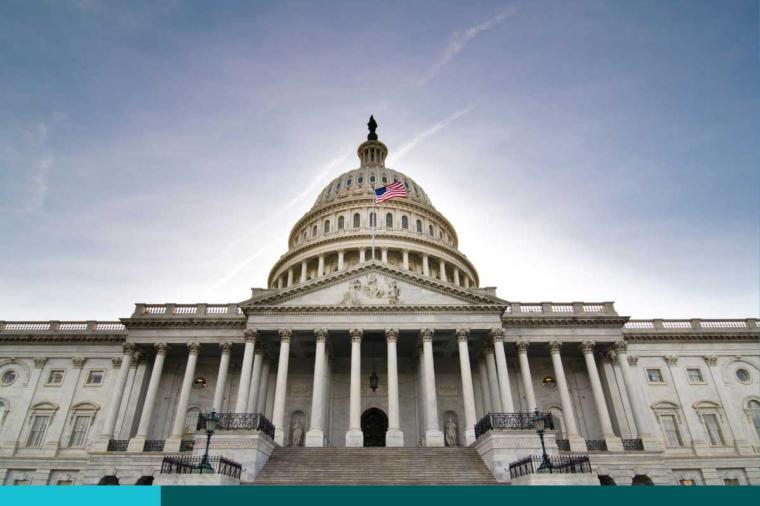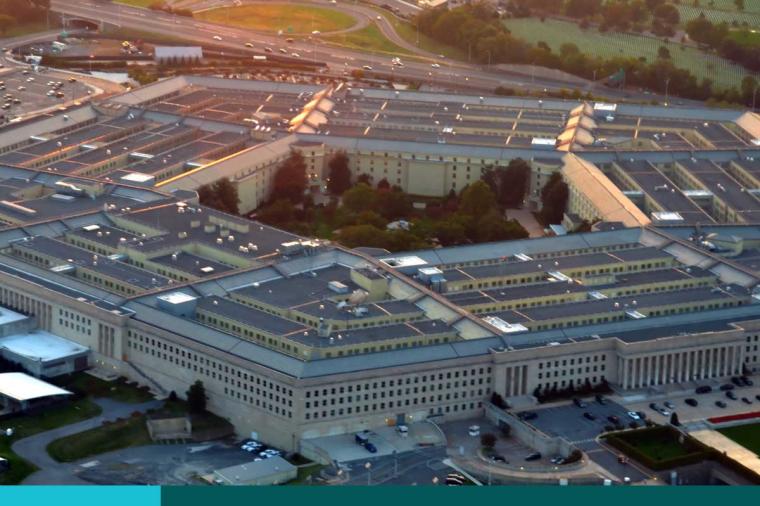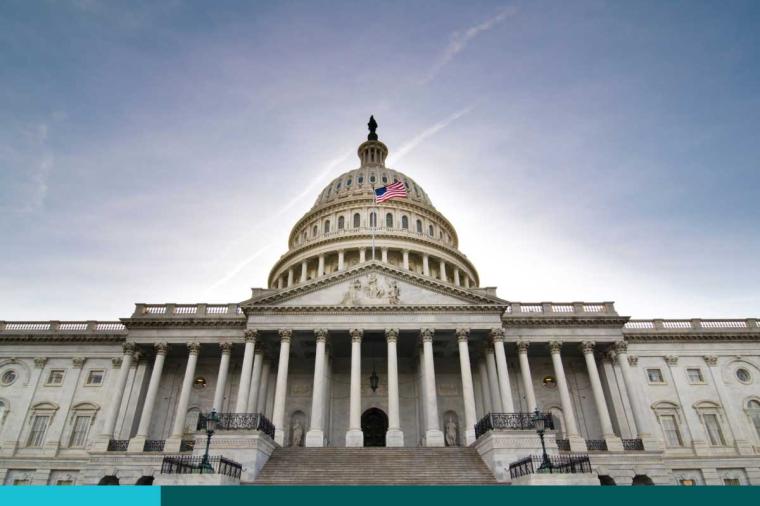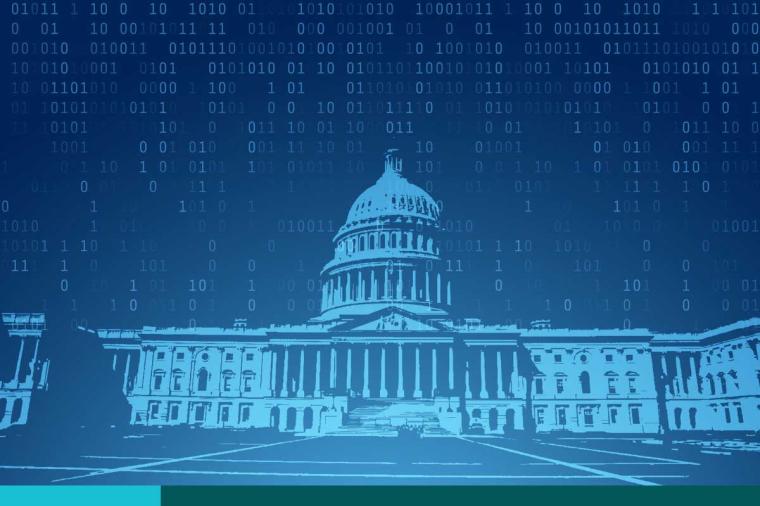Key Cyber Law Expires Amid Shutdown: Implications of the CISA 2015 Lapse

As the U.S. marks Cybersecurity Awareness Month, a critical pillar of the nation’s digital defense has expired. On September 30th, Congress failed to pass a continuing resolution, furloughing many federal cybersecurity staff and allowing the Cybersecurity Information Sharing Act (CISA) of 2015 to lapse as cyber threats are reaching unprecedented levels. The Cybersecurity and Infrastructure Security Agency, which spearheaded much of the law’s implementation, has also furloughed nearly two-thirds of its workforce.
This lapse creates legal uncertainty, disrupts threat information sharing between government and industry and increases national exposure to cyberattacks. While a short-term extension was included in the House funding bill, broader reauthorization remains stalled as the federal government remains shutdown. Lawmakers and industry leaders have expressed not only the desire to renew the law, but also its necessity to maintain cybersecurity posture.
What is CISA 2015?
CISA 2015 was a pivotal federal law designed to enhance national cybersecurity by facilitating the exchange of real-time cyber threat information sharing between the private sector and the federal government. Its key features included:
- Clear definitions and privacy guidelines that establish what data could be shared and how it would be protected.
- A centralized information hub to streamline data exchange and analysis.
- Liability protections and antitrust exemptions to encourage private companies to share critical threat information without fear of legal repercussions.
These provisions enabled companies to legally monitor their networks, take defensive actions, and share threat intelligence with federal partners to improve response to cyber attacks and strengthen cybersecurity posture. Over the past decade, this framework fueled the rapid expansion of Information Sharing and Analysis Centers (ISACs) across critical sectors like energy, finance and healthcare. These ISACs have become an essential part of early warnings, coordinated responses and rapid patching against evolving cyber threats.
What happens now?
With the law expired, both public and private cybersecurity operations are entering uncertain terrain. Companies no longer have guaranteed legal protection when sharing cyber threat data with the federal government. Many legal teams are likely to slow or pause information exchanges, subjecting each case to additional review. This creates bottlenecks that can delay critical alerts and limit visibility into national threat activity.
On the government side, furloughs have sidelined analysts who typically aggregate, correlate and act on threat intelligence. State and local governments may attempt to fill some gaps, but few have the infrastructure or capacity to match federal capabilities. The result could be delayed alerts, slower security patching and longer exposure windows for critical infrastructure, which are precisely the vulnerabilities adversaries are eager to exploit.
For technology companies, this environment demands heightened vigilance. Vendors and partners supporting federal and critical infrastructure clients will need to double down on continuous monitoring, threat hunting, and risk management, recognizing that federal support may be temporarily limited. Technology companies can strengthen automated monitoring and incident response capabilities to fill potential gaps in coordination and offer value-added threat intelligence services to customers who may be seeking supplemental support during the lapse.
Opportunities for Change
While this lapse poses real risks, it also presents an opportunity to modernize the CISA 2015 framework for the rapidly evolving threat landscape. Congress and federal agencies can use this time to consider:
- Updating the definitions and scope to reflect emerging threats such as AI-driven attacks, cloud-native architectures and complex supply chains.
- Shift from reactive to more predictive information sharing, using advanced analytics and automation to detect patterns earlier and deliver more contextualized threat intelligence.
- Align with cybersecurity maturity frameworks, such as the Cybersecurity Maturity Model Certification (CMMC), to make baseline cyber hygiene a standard across the federal supply chain.
Modern cyber threats are faster, more sophisticated and more frequent. A reauthorized and updated cyber threat information sharing framework could become the backbone of a next-generation public–private cyber defense ecosystem, that is better equipped and capable of moving at the speed of modern attacks.
The lapse of CISA 2015 is a critical stress test for the nation’s cyber defense posture. The longer the gap persists, the more risk accumulates, but Congress now has an opportunity to modernize and strengthen the framework to emerge with a more resilient and future-ready cybersecurity ecosystem. During this time of flux, vendors and partners should reassess information-sharing practices and legal protections to ensure compliance and risk mitigation. Be sure to engage proactively with policymakers and industry groups to be thought leaders in helping shape cybersecurity modernization efforts and advocate for standards that align with operational realities.
To get more TD SYNNEX Public Sector Market Insight content, please visit our Market Intelligence microsite.
About the Author:
Nikki Hamlin is a senior analyst on the TD SYNNEX Public Sector Market Intelligence team covering trends across the federal market. Nikki has more than 8 years of experience in federal procurement research and analysis, providing critical insights to support businesses in making informed decisions across civilian and defense agencies.


















